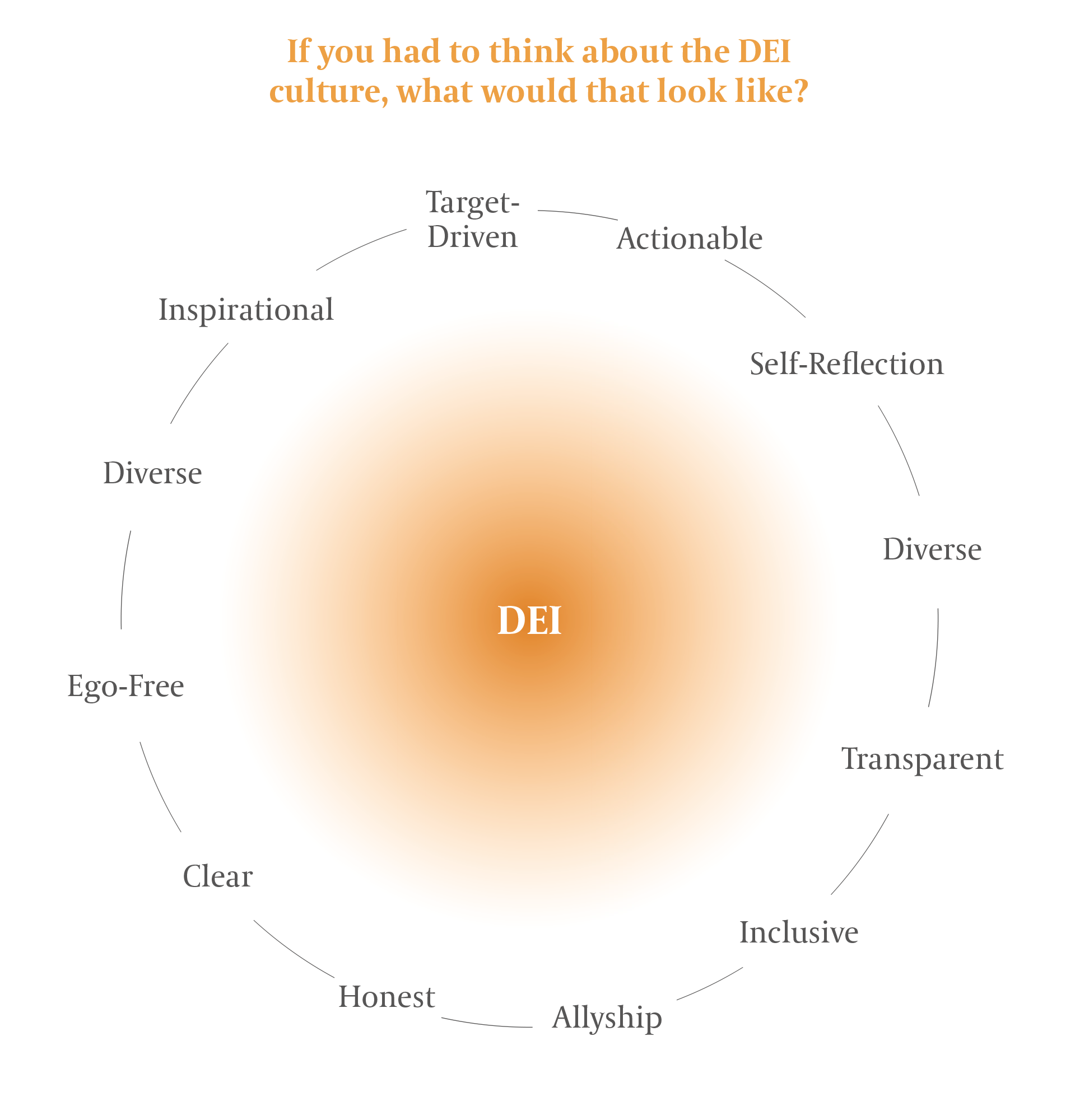A diverse workplace helps companies achieve success by reflecting the communities in which they operate and the customers whom they serve. Increasing workforce representation means that employees of different ethnicities, races, religions, ages and gender are adequately represented. In this way, the workplace should become a space where people feel safe to speak out and where their voices are heard. Equally, inclusion is vital to ensure that everyone feels valued, respected and listened to as an individual, regardless of their seniority. In other words, diversity and inclusion require everyone to be a part of the conversation, concluded global CHROs in a recent roundtable with Egon Zehnder.
Supporting Women in the Workforce
Supporting Women in the Workforce
We need to take steps to guarantee that more women are present in the workforce and moreover that they feel sufficiently supported to stay there and thrive. This should already happen at the recruitment stage, with a clear 50:50 male to female split when hiring interns and graduates.
Women worldwide still take on the brunt of caregiving roles, particularly when it comes to looking after children. Companies are encouraged to adopt generous parental leave and benefit programs so that both parents can equally share child raising responsibilities before being integrated back into the workplace when they are ready.
Highlighting Intersectional Inclusivity
Highlighting Intersectional Inclusivity
Intersectionality refers to the ways in which different traits of a person’s identity can expose them to various modes of discrimination. As multifaceted individuals we all identity with various aspects relating to our gender, race, religion, economic status and more. This is why workplace diversity and inclusivity programs should acknowledge and embrace all facets of an employee’s personality as we move towards a more diverse workplace.
Employee networks, where people can share their stories, race fluency training and executive sponsors are all useful means here to encourage intersectional inclusivity.
When addressing diversity and inclusion, many companies have focused first and foremost on gender equality. By examining the status of gender equality, we can understand how companies have so far succeeded in adapting their corporate cultures. For example, many companies are introducing concrete targets for women to reach executive roles and are striving to support women in their journeys towards leadership positions.
Egon Zehnder asked participating CHROs to think about an ideal DEI culture and what it would look like:

Starting a Conversation and Then Listening
Starting a Conversation and Then Listening
CHROs play an essential role in instigating and promoting positive cultural change in the workforce. For change to happen, the right targets, recruitment measures, and policies need to be in place. What’s more, change starts from the top: inclusive leadership is needed for an inclusive workforce and one which is committed to action.
In a recent round table discussion, one leading executive promoted a four-step approach to achieve an inclusive work environment. The first step is to connect with colleagues and ask how they are. The second step is to acknowledge any privilege and discrimination present and how this may influence the work environment. The third step is to act by getting rid of any behaviors that discourage or obstruct diversity and inclusion. The fourth and final step is to use your influence as CHRO to ensure that everyone has a voice that is heard and is represented by a seat at the table.
While people used to look to governments and society to take a stand, they now look to companies instead and expect them to instigate change. This makes the role of CHRO even more significant as the importance of diversity and inclusion grows in importance.
Going forward, companies need to define their stance clearly and unambiguously on DEI, be internally aligned on the ethos of equality and stay consistent with this shared understanding and attitude.





